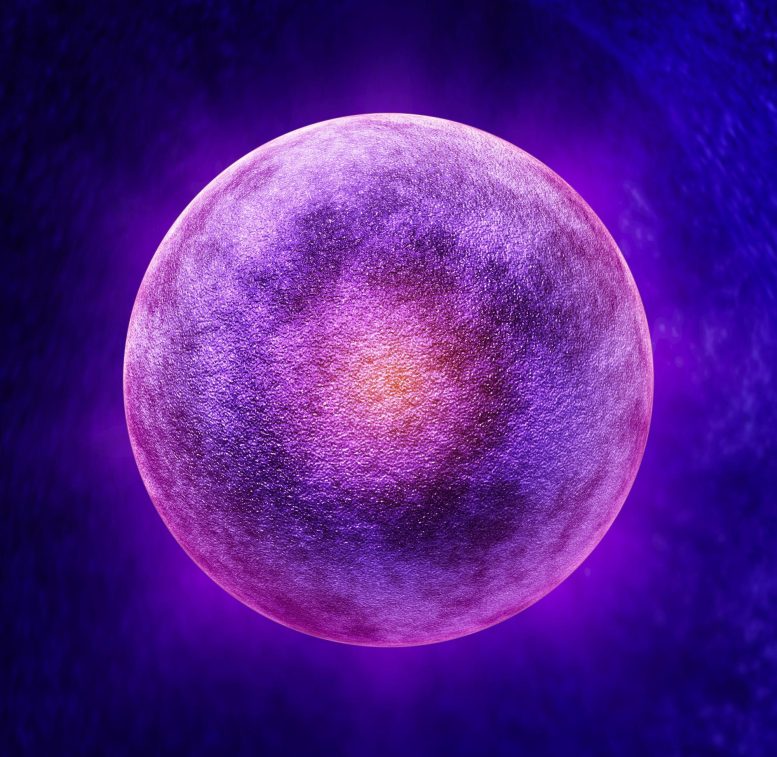
Scientists have discovered how a fertilized egg cell ‘resets’ to allow a new embryo to develop, finding that genes called OBOX1-8 activate the embryo’s own genetic program. This breakthrough, which helps to understand the process of zygote genome activation, was observed in mice and could have implications for embryonic stem cell reprogramming.
Recent collaborative research conducted by scientists in the United States and China unveils the mechanism through which a fertilized egg cell, also known as a zygote, triggers a ‘reset’, enabling the newly formed embryo can develop according to its own genetic program. The study was recently published in the journal Nature.
It has been known for some time that the genome of a newly fertilized egg cell is inactive and has to be woken up, said Richard Schultz, research professor at the University of California, Davis, School of Veterinary Medicine and a corresponding author on the paper. This step is called zygote genome activation.
“For the embryo to develop, the oocyte/egg has to lose its identity and does so by making new stuff,” Schultz said. “We now know the first steps in how this transition occurs.”
For the resetting or awakening process to occur, the embryo needs to start transcribing genes from its DNA into messenger RNA that are in turn translated into proteins. The first genes transcribed will activate other genes, implementing the program that will allow the embryo to develop into a complete mouse (or human). The identity of those first master-regulator genes has been unknown until now.
“This is something that has puzzled me for a long time,” Schultz said.
RNA polymerase II (Pol II) is the enzyme that transcribes DNA to RNA. But Pol II by itself is a dumb enzyme, Schultz said. Other genes, called transcription factors, are needed to instruct Pol II so that it transcribes the “correct” genes at the right time.
In the early 2000s, Schultz had the insight that those first transcription factors would be found among dormant maternal messenger RNAs in the egg cell. Dormant maternal messenger RNAs are unique to oocytes because the newly synthesized messenger RNA is not translated as it is in somatic cells. As the oocyte matures to become an egg, these dormant maternal messenger RNAs are translated into proteins that then execute their function. Schultz realized that the information to start zygote genome activation would be in a dormant messenger RNA from the mother that would encode a master transcription factor.
OBOX1-8 identified as candidates
Working at the University of Pennsylvania with Paula Stein (a senior member of his lab and now at the National Institute of Environmental Health Sciences), Schultz’s lab identified a large family of genes called OBOX as likely candidates. The family consists of 8 genes, OBOX1-8. Based on their expression profiles during early development, OBOX1, 2, 3, 4, 5, and 7 were likely candidates. They began working with Wei Xie at Tsinghua University, Beijing to narrow down the candidates.
Working with lab mice, Xie’s team was able to knock out all of the likely candidates and then systematically restore OBOX genes to establish which ones were crucial to zygote genome activation. Without these genes, embryo development stops at the two to four-cell stage.
Most interesting, and unanticipated, was that the function of these OBOX genes was highly redundant: a knockout of one could be replaced by another. That redundancy has likely evolved because the transition is so important, Schultz said. In addition, the researchers found that the OBOX genes function by facilitating Pol II locating to the correct genes to begin zygote genome activation.
In mice, genome activation occurs at the two-cell stage. In human embryos, it occurs later, when the embryo has gone through a couple of rounds of division to form eight cells. An open question is how conserved this process is across species, i.e., are OBOX-like genes involved in genome activation in humans? The work also has implications for understanding how embryonic stem cells are reprogrammed so that they can develop into any tissue of the body.
Reference: “OBOX regulates murine zygotic genome activation and early development” by Shuyan Ji, Fengling Chen, Paula Stein, Jiacheng Wang, Ziming Zhou, Lijuan Wang, Qing Zhao, Zili Lin, Bofeng Liu, Kai Xu, Fangnong Lai, Zhuqing Xiong, Xiaoyu Hu, Tianxiang Kong, Feng Kong, Bo Huang, Qiujun Wang, Qianhua Xu, Qiang Fan, Ling Liu, Carmen J. Williams, Richard M. Schultz and Wei Xie, 17 July 2023, Nature.
DOI: 10.1038/s41586-023-06428-3
The study was funded by the National Natural Science Foundation of China, the National Key Research and Development Program of China, the National Institutes of Health, and the National Institute of Environmental Health Sciences.

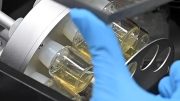
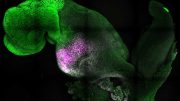


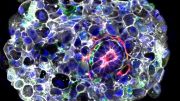

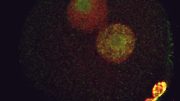
Be the first to comment on "The First Step to Life: Hitting Reset To Start a New Embryo"